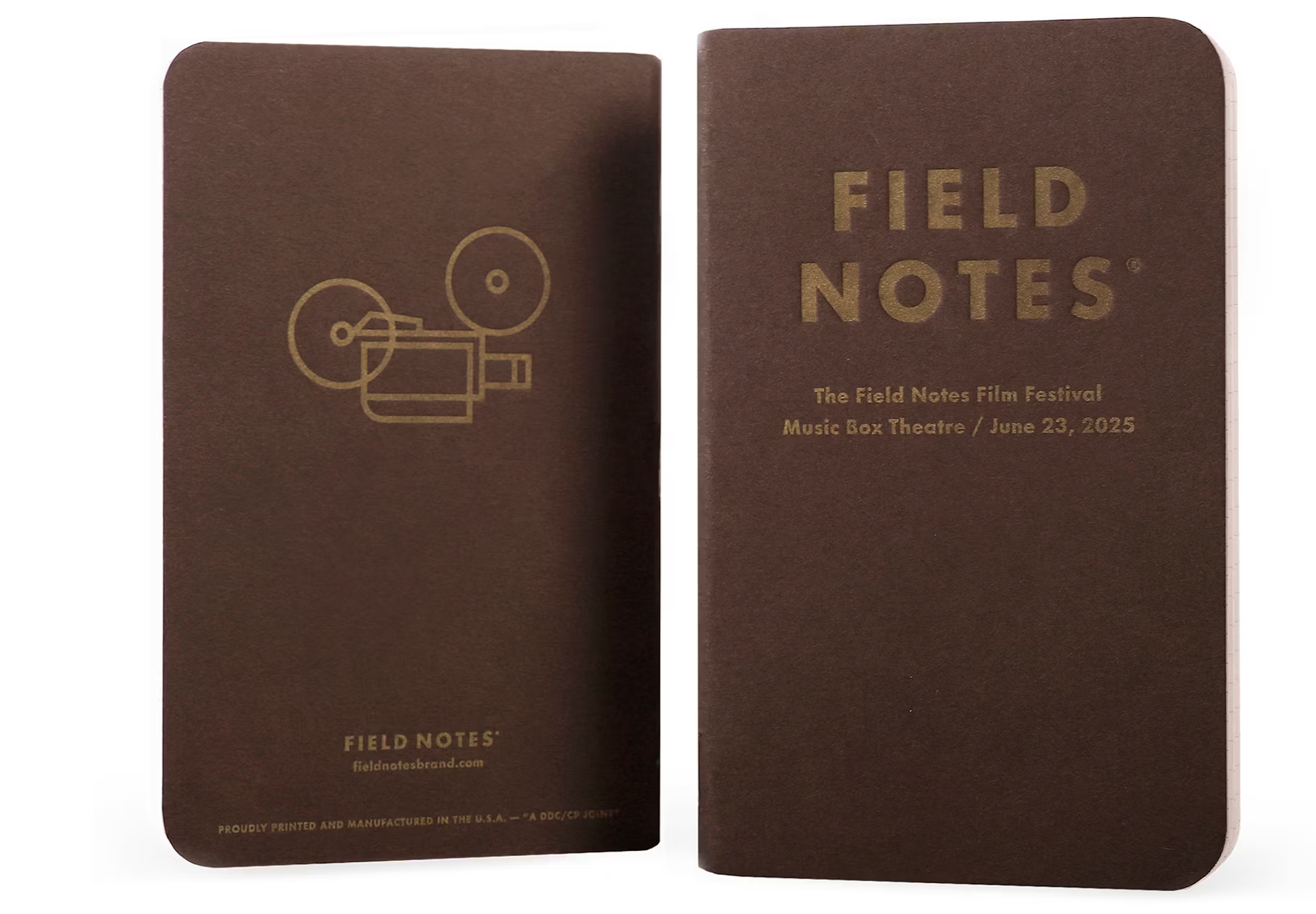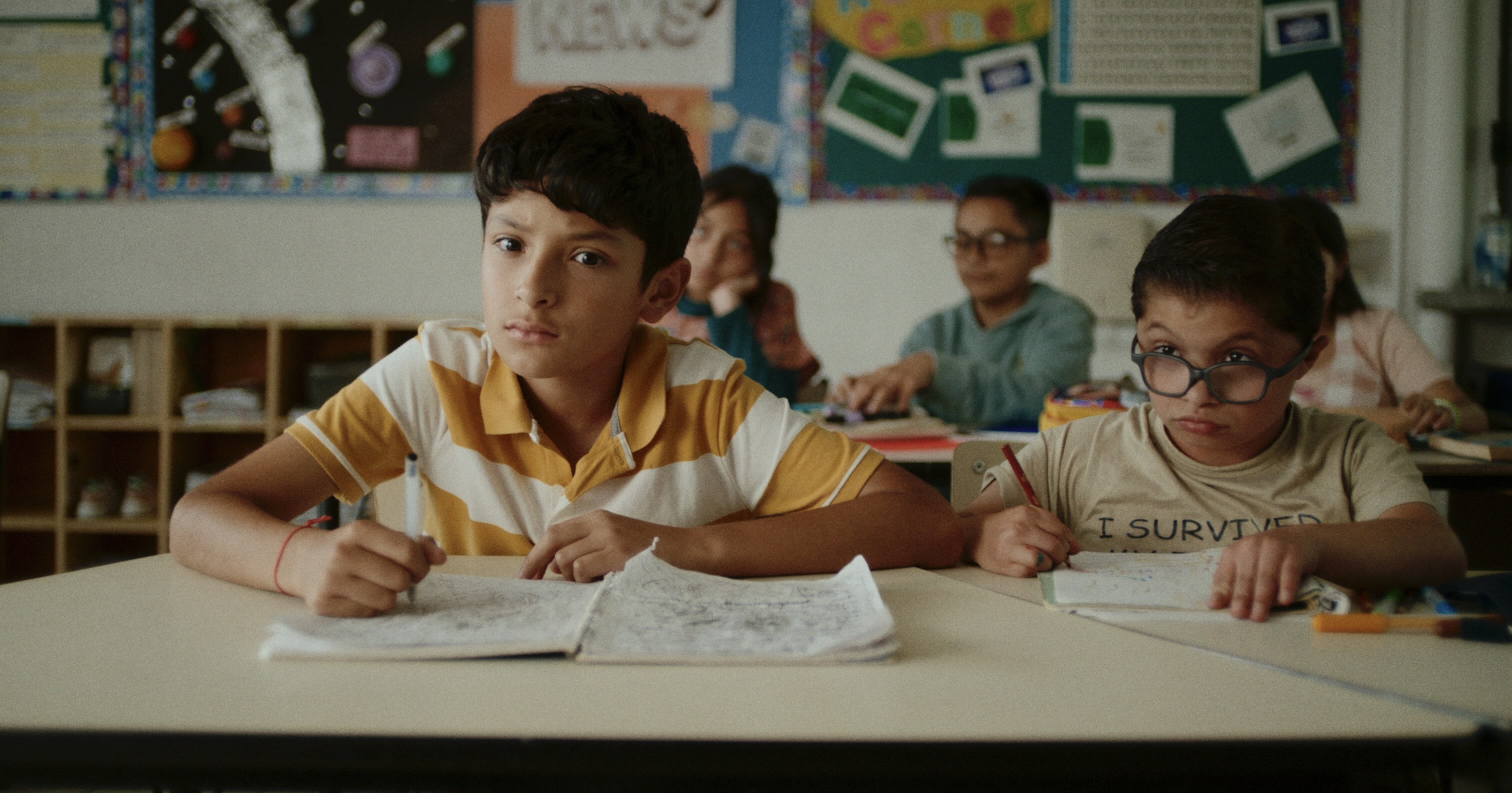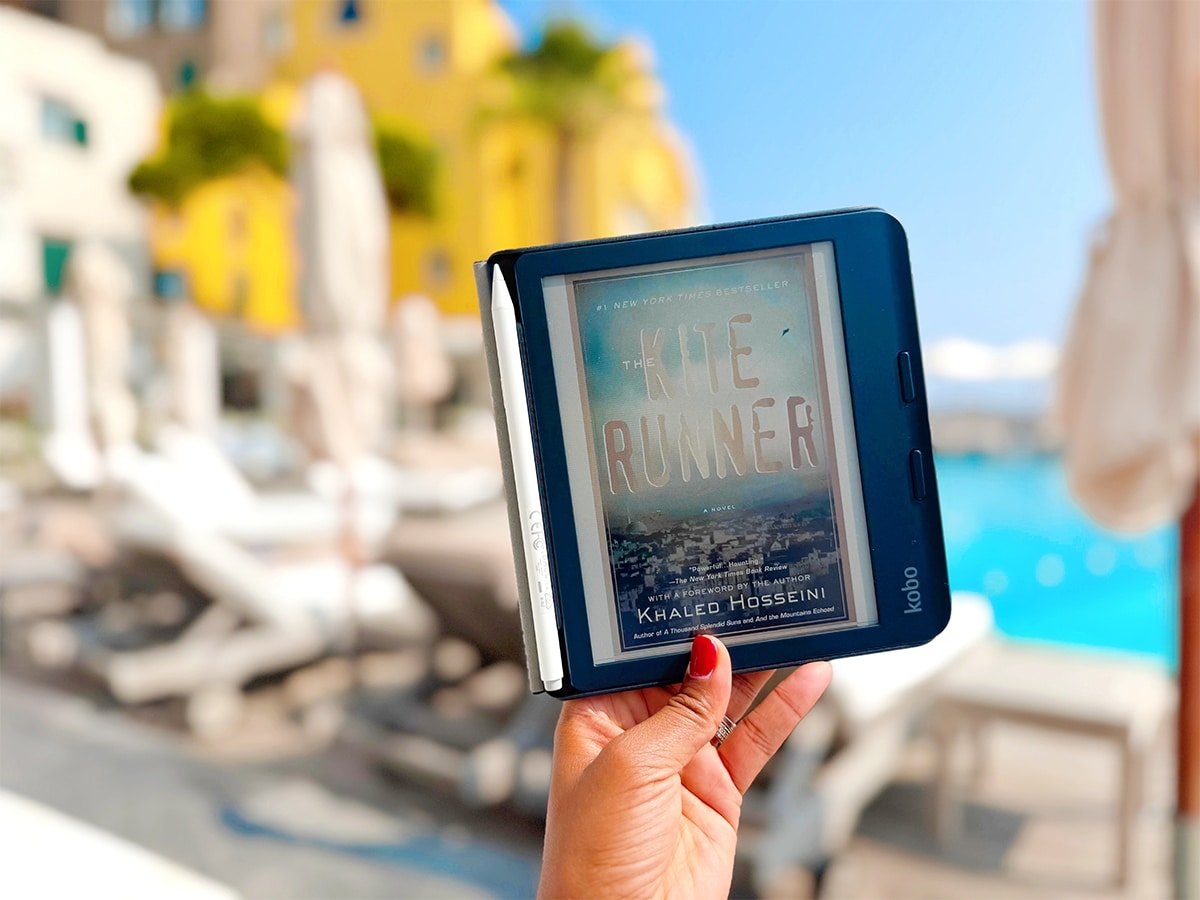Second Person Point of View: A Bold Choice or a Risky Gamble
Picture this: you're reading a story and suddenly realize it's talking directly to you. Not at you, but to you. You're making decisions. You're feeling emotions. You're living the narrative.That's the power of the second person point of view. It breaks the traditional barrier between the reader and the story.Let's explore this unconventional technique. You don’t have a choice!Second Person POV: DefinitionThe second-person point of view is a narrative voice (or style) that addresses the reader directly using the pronouns you, your, and yours, thereby breaking the fourth wall. This unique perspective makes reading an immersive experience, immediately placing the reader in the narrative as either the protagonist or a specific character being addressed.But what is so special about it? What exactly sets the second-person point of view apart from other narrative styles? Well, there are certain traits. Let’s see what they are.Second Person POV: Characteristics1. Direct address:The narrator speaks directly to the readers, using the pronoun “you,” thereby making them the story’s main subjects or protagonists.Example: You pick up the orange and smell it. “Smells fishy,” you think.2. Immersive:By referring to the reader directly, a narrator pulls them into the story, creating a sense of immediacy and involvement.Example: You feel the cold metal of the key in your hand as you step closer to the locked door, your pulse quickening with every step.3. Versatile:Second-person narrative can be used in both fiction and non-fiction.Example:Fiction: “You tell him you are done putting up with people and are ready to call spade a spade.”Non-fiction:Instructional writing: “First, you measure the ingredients.”Self-help books: “You can overcome these challenges.”Guides and manuals: “You will need the following tools.”Advertising: “You deserve a break. Try our new coffee blend today!”Blog posts and articles (such as this) address readers directly.4. Instructional tone:It’s often used in guides, recipes, and instruction manuals. However, depending on the tone, it can sound either intimate or commanding in fiction.Example:Non-fiction: “First, you preheat the oven to 350° F.”Fiction:Intimate tone: “You close your eyes, letting the warmth of the morning sun sink into your skin.”Commanding tone: “You close your eyes. Feel the sun. Let it sink in.”5. Challenging to sustain:In longer works, such as novels, it becomes increasingly difficult to maintain the second POV narrative without making the reader feel uneasy or uncomfortable because it can feel repetitive and intrusive.Second Person POV: Pros and ConsProsThere are a few ways writing from this perspective can gain buy-in from your reader.1. Enhances immersion:The second-person point of view lets the readers inside the narrative, giving them a level of engagement that the first or third-person point of view may not be able to provide.2. Creates instant intimacy:By addressing readers as “you,” the narrator can build an immediate personal connection with the reader and make them feel directly involved in the narrative.3. Ideal for instructional writing:Whether instructing or guiding the readers through a process, the second-person point of view ensures clarity and direct engagement.4. Makes writing stand out:Since the second-person narrative is very rare in fiction writing, it instantly piques the readers’ interest and gives the narrative a unique and memorable quality.Imagine a screenplay written in the second person. It would certainly be unique!5. Great for experimental fiction:The second-person POV lets the narrator experiment with bold and novel storytelling approaches that challenge conventional techniques and the reader’s expectations.ConsBut what if you don’t like the second-person perspective? You might find yourself resisting when a story assumes your thoughts and actions. 1. Can feel intrusive:Every reader is different, and not everyone will be comfortable with feeling like a puppet in the narrator’s hands, especially when the narrative doesn’t match their perspective.2. Limits character depth:Building on the “you” character (making readers a character in the narrative) while ensuring the exposition is not off-balance can be tricky. This limits deep characterization.3. Restricts narrative flexibility:Using the second-person POV in a narrative makes it difficult to zoom in and out of character perspectives (or switch viewpoints and step back from the character), limiting the storytelling techniques available to the writer.4. Difficult to sustain:Keeping the second-person POV engaged throughout the length of a longer narrative (e.g., a novel) can be exhausting and may start to feel artificial and unnecessary.5. Risks of feeling gimmicky:If not implemented and executed with a definitive purpose, a second-person POV approach can be a pointless writing trick rather than a thoughtful narrative choice.Tips for Writing in the Second Person:1. Have a valid reason for using a second-perso


Picture this: you're reading a story and suddenly realize it's talking directly to you. Not at you, but to you. You're making decisions. You're feeling emotions. You're living the narrative.
That's the power of the second person point of view. It breaks the traditional barrier between the reader and the story.
Let's explore this unconventional technique. You don’t have a choice!
Second Person POV: Definition
The second-person point of view is a narrative voice (or style) that addresses the reader directly using the pronouns you, your, and yours, thereby breaking the fourth wall.
This unique perspective makes reading an immersive experience, immediately placing the reader in the narrative as either the protagonist or a specific character being addressed.
But what is so special about it? What exactly sets the second-person point of view apart from other narrative styles? Well, there are certain traits. Let’s see what they are.
Second Person POV: Characteristics
1. Direct address:
The narrator speaks directly to the readers, using the pronoun “you,” thereby making them the story’s main subjects or protagonists.
Example: You pick up the orange and smell it. “Smells fishy,” you think.
2. Immersive:
By referring to the reader directly, a narrator pulls them into the story, creating a sense of immediacy and involvement.
Example: You feel the cold metal of the key in your hand as you step closer to the locked door, your pulse quickening with every step.
3. Versatile:
Second-person narrative can be used in both fiction and non-fiction.
Example:
- Fiction: “You tell him you are done putting up with people and are ready to call spade a spade.”
- Non-fiction:
- Instructional writing: “First, you measure the ingredients.”
- Self-help books: “You can overcome these challenges.”
- Guides and manuals: “You will need the following tools.”
- Advertising: “You deserve a break. Try our new coffee blend today!”
- Blog posts and articles (such as this) address readers directly.
4. Instructional tone:
It’s often used in guides, recipes, and instruction manuals. However, depending on the tone, it can sound either intimate or commanding in fiction.
Example:
- Non-fiction: “First, you preheat the oven to 350° F.”
- Fiction:
- Intimate tone: “You close your eyes, letting the warmth of the morning sun sink into your skin.”
- Commanding tone: “You close your eyes. Feel the sun. Let it sink in.”
5. Challenging to sustain:
In longer works, such as novels, it becomes increasingly difficult to maintain the second POV narrative without making the reader feel uneasy or uncomfortable because it can feel repetitive and intrusive.
Second Person POV: Pros and Cons
Pros
There are a few ways writing from this perspective can gain buy-in from your reader.
1. Enhances immersion:
The second-person point of view lets the readers inside the narrative, giving them a level of engagement that the first or third-person point of view may not be able to provide.
2. Creates instant intimacy:
By addressing readers as “you,” the narrator can build an immediate personal connection with the reader and make them feel directly involved in the narrative.
3. Ideal for instructional writing:
Whether instructing or guiding the readers through a process, the second-person point of view ensures clarity and direct engagement.
4. Makes writing stand out:
Since the second-person narrative is very rare in fiction writing, it instantly piques the readers’ interest and gives the narrative a unique and memorable quality.
Imagine a screenplay written in the second person. It would certainly be unique!
5. Great for experimental fiction:
The second-person POV lets the narrator experiment with bold and novel storytelling approaches that challenge conventional techniques and the reader’s expectations.
Cons
But what if you don’t like the second-person perspective? You might find yourself resisting when a story assumes your thoughts and actions.
1. Can feel intrusive:
Every reader is different, and not everyone will be comfortable with feeling like a puppet in the narrator’s hands, especially when the narrative doesn’t match their perspective.
2. Limits character depth:
Building on the “you” character (making readers a character in the narrative) while ensuring the exposition is not off-balance can be tricky. This limits deep characterization.
3. Restricts narrative flexibility:
Using the second-person POV in a narrative makes it difficult to zoom in and out of character perspectives (or switch viewpoints and step back from the character), limiting the storytelling techniques available to the writer.
4. Difficult to sustain:
Keeping the second-person POV engaged throughout the length of a longer narrative (e.g., a novel) can be exhausting and may start to feel artificial and unnecessary.
5. Risks of feeling gimmicky:
If not implemented and executed with a definitive purpose, a second-person POV approach can be a pointless writing trick rather than a thoughtful narrative choice.
Tips for Writing in the Second Person:
1. Have a valid reason for using a second-person narrative:
The second-person point of view works best when you have a specific purpose for using it, such as creating intimacy, immersion, or a sense of immediacy. Ask yourself if this approach is the best choice for your narrative, and if yes, why.
2. Keep the ”you” relatable:
In the second-person narrative, readers become the protagonists, so avoid giving too specific physical descriptions or biographical details that may cause readers to disassociate from the character.
3. Use sensory details to immerse the reader:
The second-person narrative thrives on immersion, so vivid sensory descriptions pull the reader into the story.
- Example: Instead of writing, “You walk into the room,” try, “You step into the room, the scent of old books and dust fills your nose as your fingers brush against the coarse, peeling wallpaper.”
4. Avoid overusing “you”:
Constantly repeating “you” can feel repetitive and unnerving to the readers. Vary your sentences and focus on actions, thoughts, and descriptions to keep the narrative flowing naturally.
- Example: Instead of writing, “You pick up the cup. You take a sip,” try writing, “The cup feels warm in your hands as you raise it to your lips, the bitter taste of coffee hitting your tongue.”
5. Create a consistent and strong narrative voice:
Decide whether the narrator (that is, you, as the writer) is a detached observer, an internal voice in the protagonist’s head, or even one of the characters addressing the protagonist (or the reader) directly. A strong, consistent voice ensures the reader’s engagement.
6. Use second-person POV for key moments:
If maintaining the second-person POV for the whole story sounds daunting, consider using it for specific sections only. Many writers use second-person narrative within a primarily first-person or third-person narrative. This allows you to utilize its power without having to sustain it throughout the entire story.
7. Experiment with tone and mood:
The second-person narrative involves a range of tones, from intimate, reflective, urgent, suspenseful, and even commanding. Experiment with how each tone affects the mood of your story.
8. Read examples of second-person POV fiction:
Study how some successful writers have effectively used the second-person narrative in their work. You can read books like Bright Lights, Big City by Jay McInerney, and short stories like “How to Get There” by Sarah Thankam Mathews.
9. Give the reader some control:
Since the second-person narrative makes the reader a protagonist, make sure not to rush them into a role, actions, or decisions that may be unnatural or uncomfortable for them. Allow the readers to imagine themselves in the situation without feeling controlled by the narrative.
10. Revise with fresh eyes:
The second-person narrative can feel awkward or intrusive if not executed mindfully. After writing, take a break and revisit your work with fresh eyes, as a reader. Ask yourself if the narrative feels natural and engaging or pulls you out of the story. Be prepared to make extensive changes if needed.
Conclusion
The second-person point of view is challenging and entertaining, but it needs to be used with skillful execution to be truly effective.
It fosters a deep and personal connection between the readers and the narrative, making the reading experience distinctively engaging. Whether for the whole narrative or the select moments, it offers writers a unique way to connect with readers.
By understanding its strengths and overcoming its weaknesses (or challenges), you can unlock its potential to create stories that deeply resonate with the readers in ways no other perspective can.



















































![Satire in Action [15 MINUTES]](https://jonathanrosenbaum.net/wp-content/uploads/2011/11/15minutes.jpg)
![Strangers in Elvisland [MYSTERY TRAIN]](https://jonathanrosenbaum.net/wp-content/uploads/2011/04/mysterytrain-theaterruin.jpg)
![The Most Intelligent American Movie of the Year [THE BIG RED ONE: THE RECONSTRUCTION]](https://jonathanrosenbaum.net/wp-content/uploads/2011/12/the-big-red-one2.jpg)
![Cinematic Obsessions [THE GANG OF FOUR and SANTA SANGRE]](https://jonathanrosenbaum.net/wp-content/uploads/2010/12/labandedesquartre.jpg)























































![She’s the World’s Tallest Woman—It Took Buying 6 Airline Seats Just to Get Onboard [Roundup]](https://viewfromthewing.com/wp-content/uploads/2025/06/worlds-tallet-woman-flying-turkish.jpeg?#)






































































































































































































































































![[Podcast] Problem Framing: Rewire How You Think, Create, and Lead with Rory Sutherland](https://justcreative.com/wp-content/uploads/2025/06/rort-sutherland-35.png)




















































































































